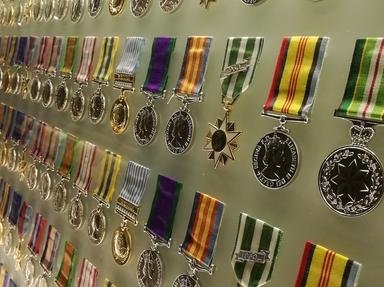Quiz Answer Key and Fun Facts
1. Battle of Mantinea, 362 BCE
2. First Battle of Philippi, 3 October 42 BCE
3. Second Battle of Philippi, 23 October 42 BCE
4. Battle of the Catalaunian Plains, 451
5. Battle of Roncevaux Pass, 778
6. Siege of Constantinople, 1453
7. Battle of the Nile, 1798
8. Battle of Corunna, 1809
9. Battle of Leipzig, 1813
10. Battle of the Alamo, 1836
11. Battle of Perryville, 1862
12. Battle of Totopotomoy Creek (Battle of Bethesda Church), 1864
13. Siege of Khartoum, 1885
14. Battle of Coronel, 1914
15. Battle of Goose Green, 1982
Source: Author
Southendboy
This quiz was reviewed by FunTrivia editor
gtho4 before going online.
Any errors found in FunTrivia content are routinely corrected through our feedback system.
